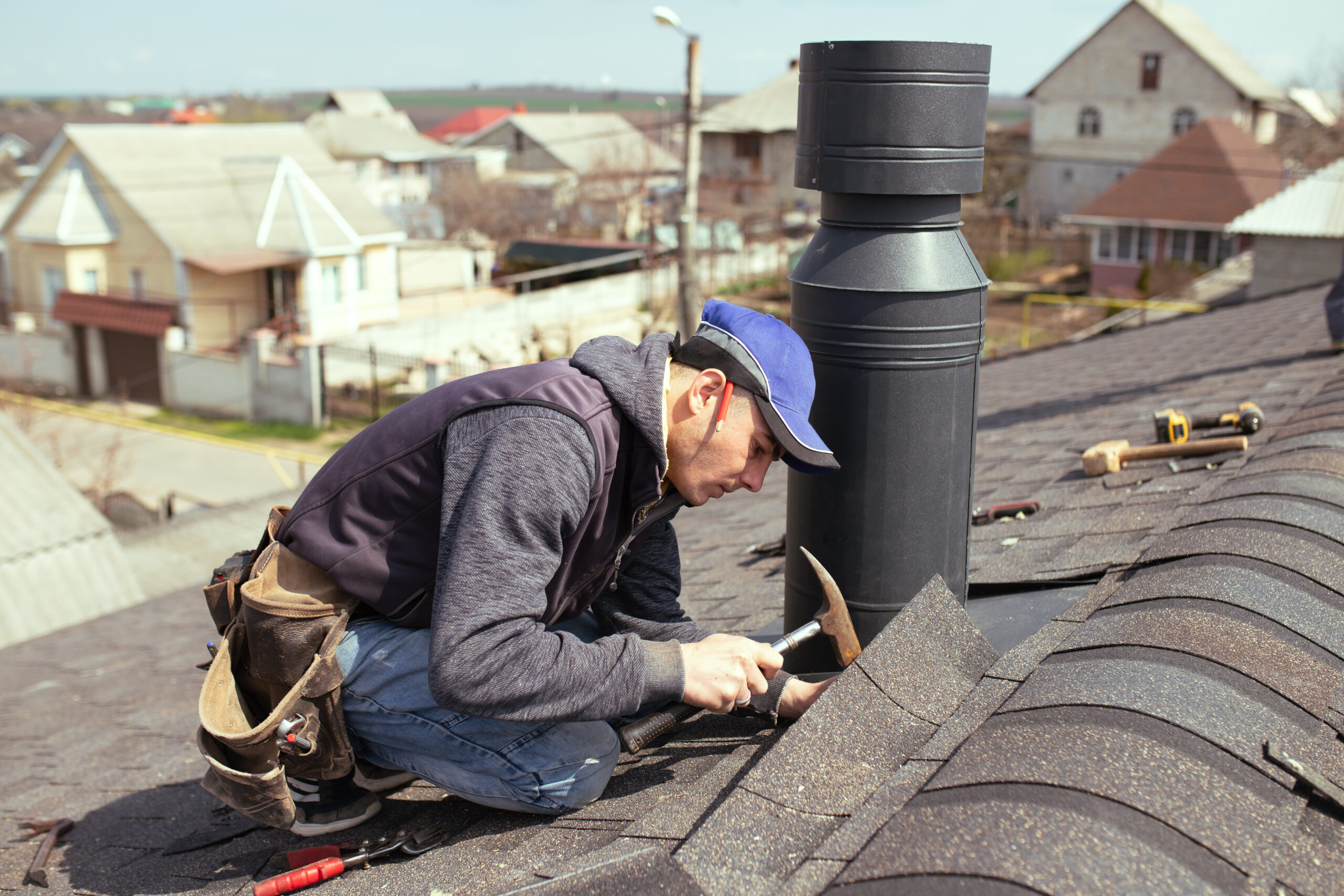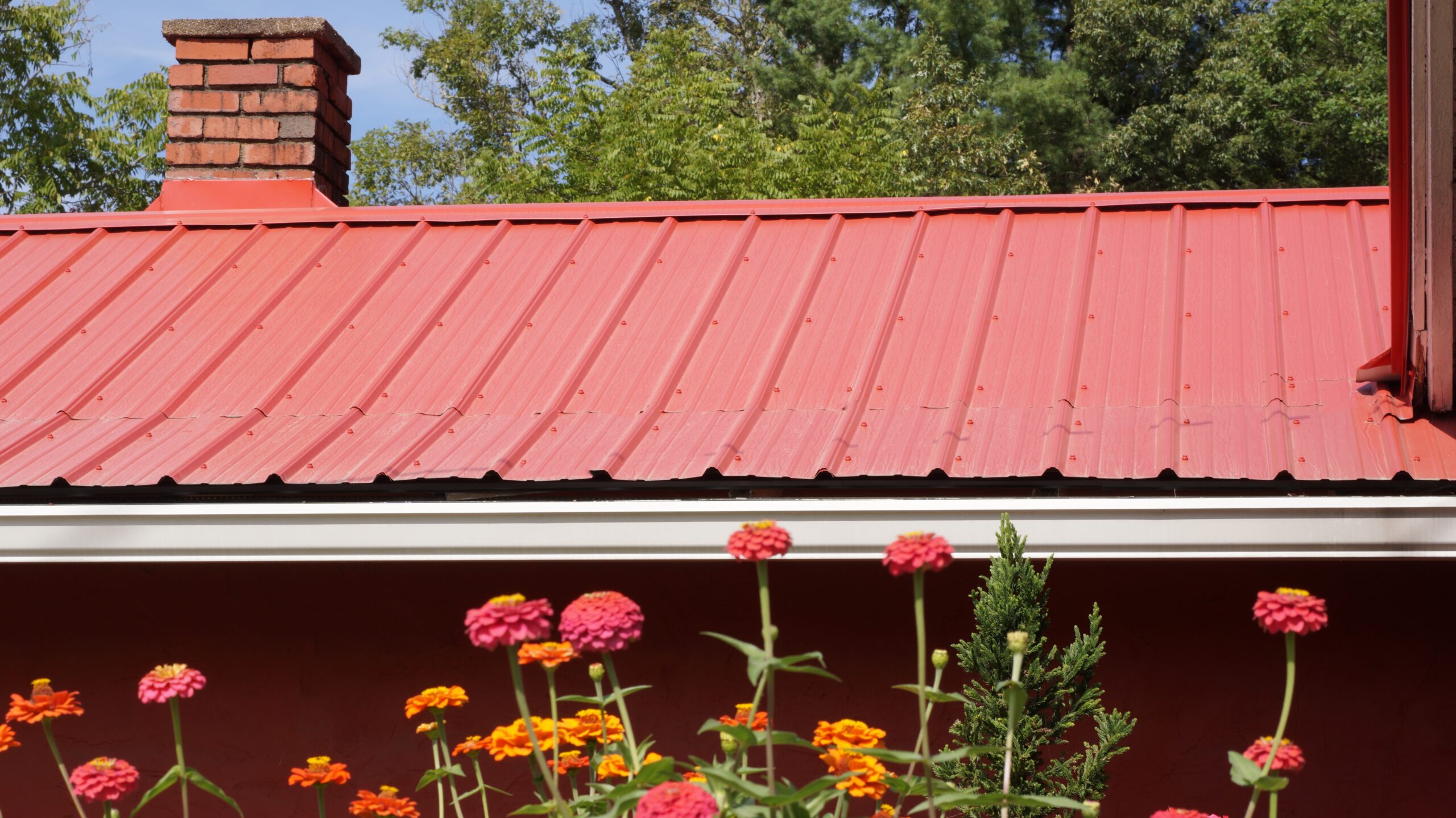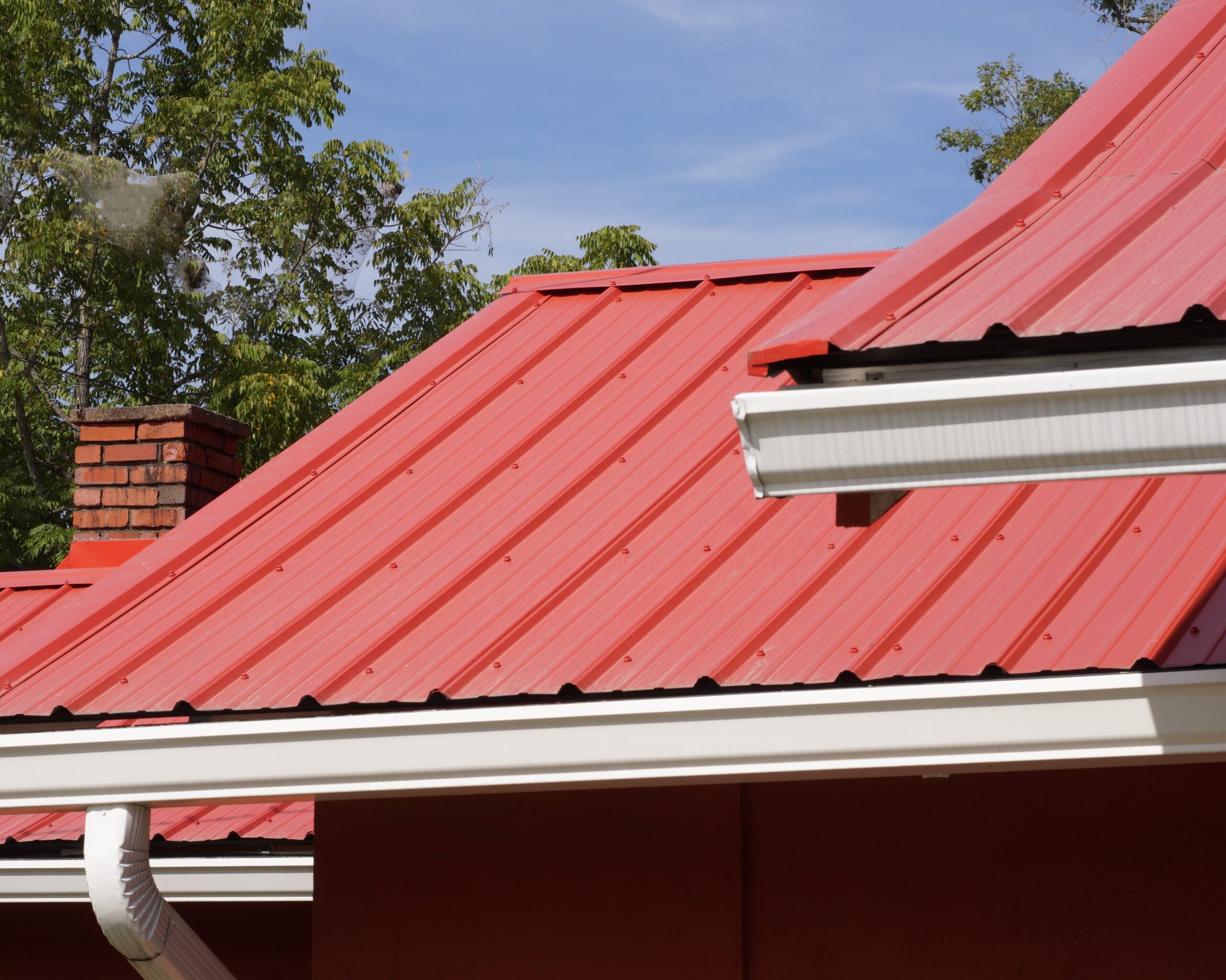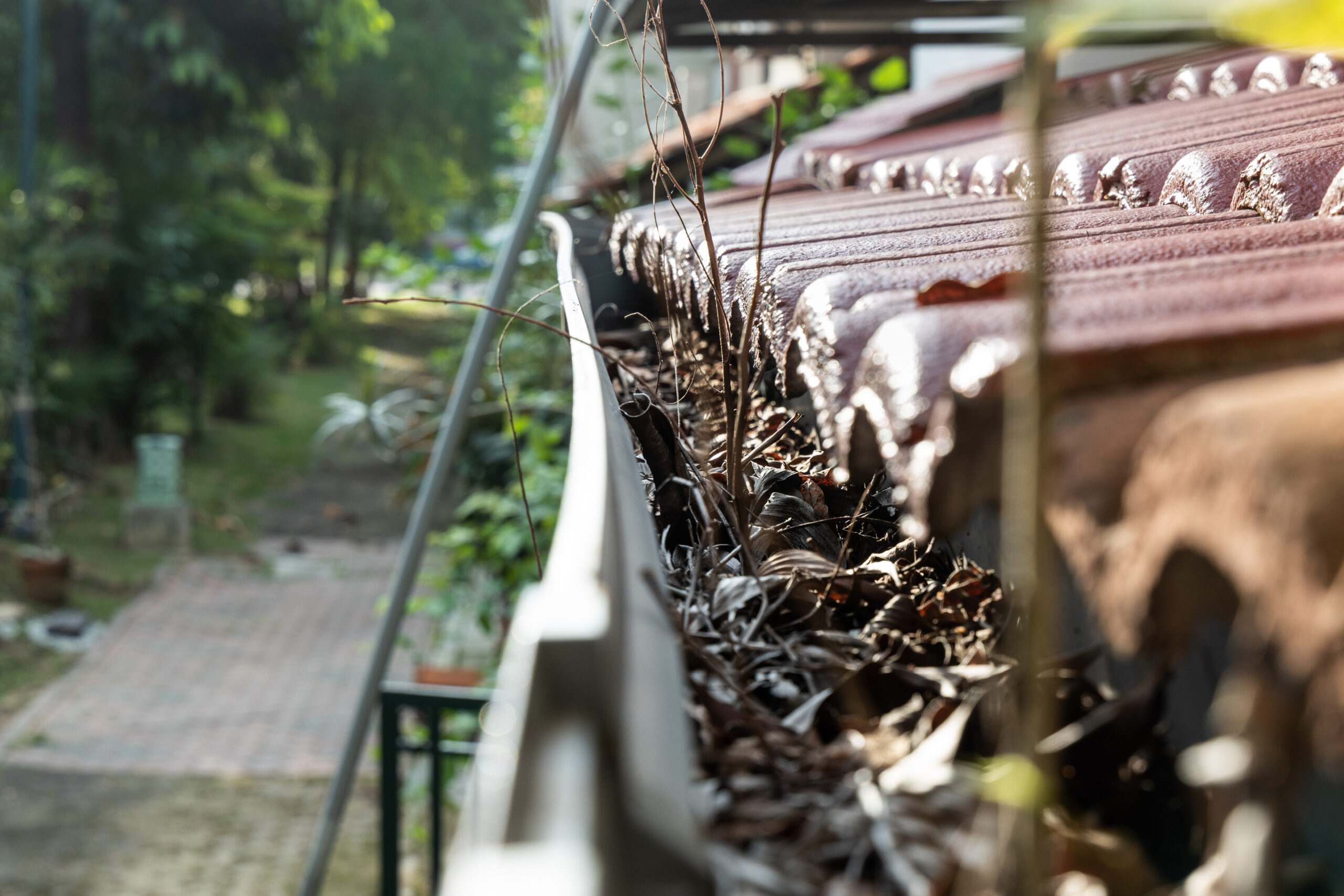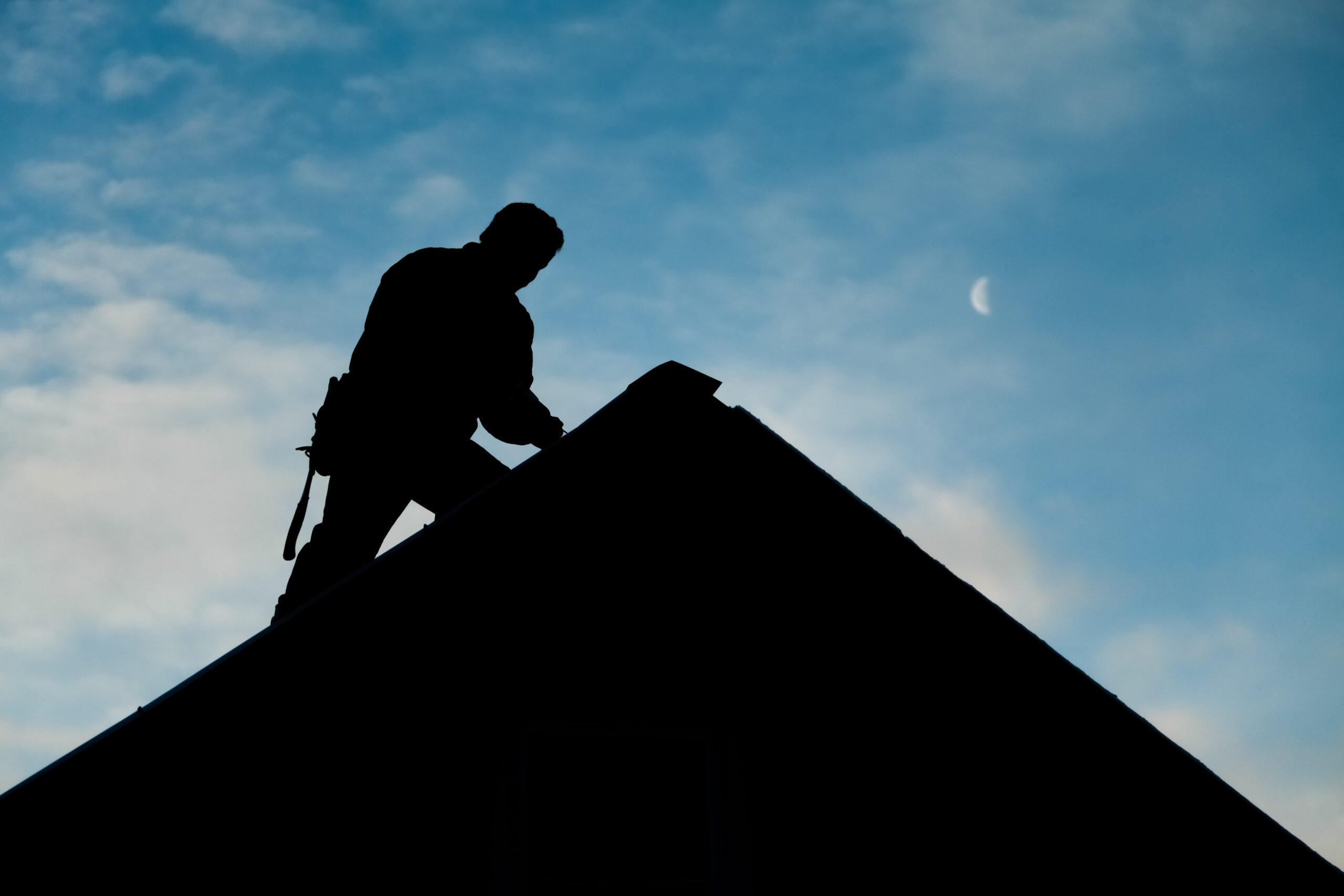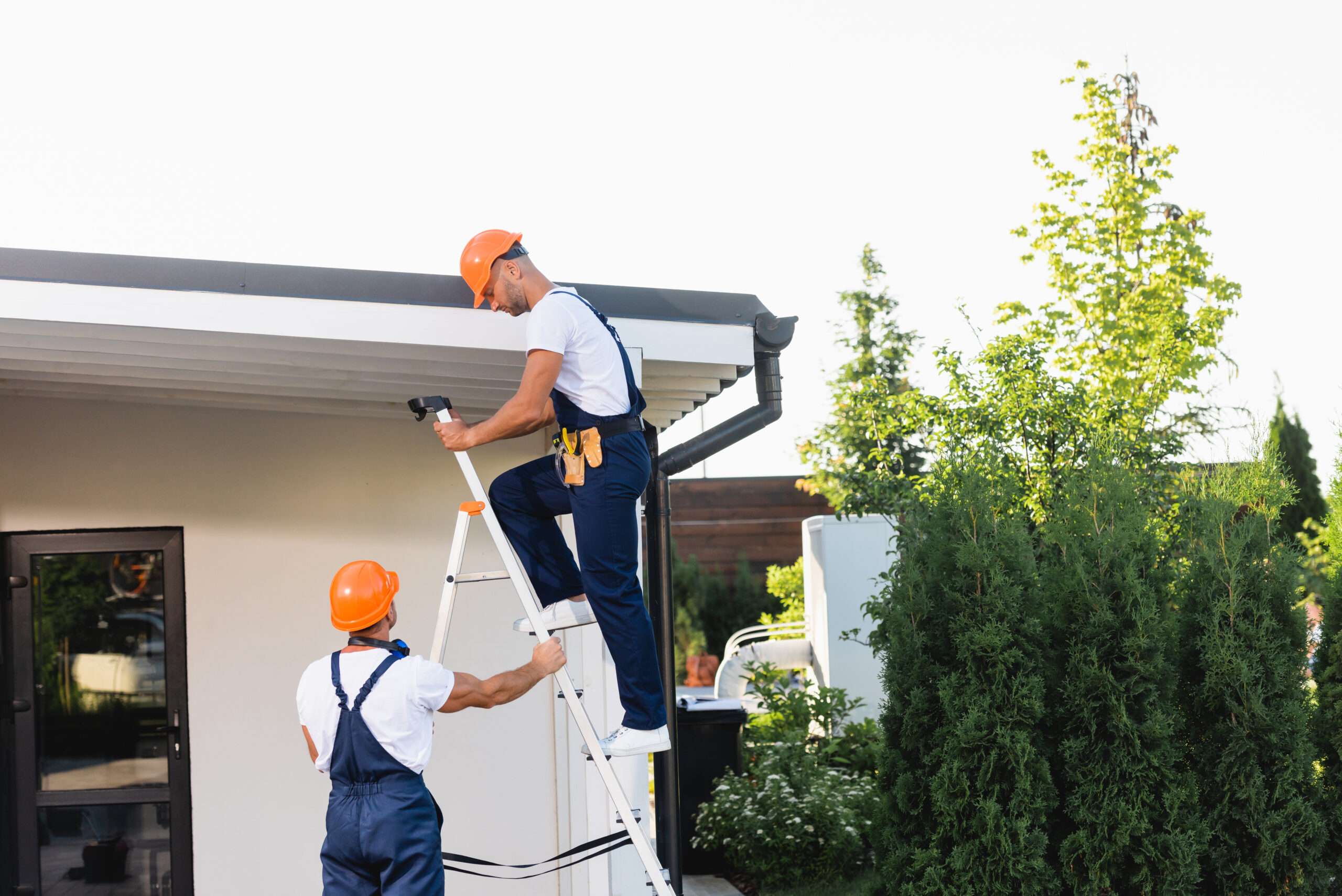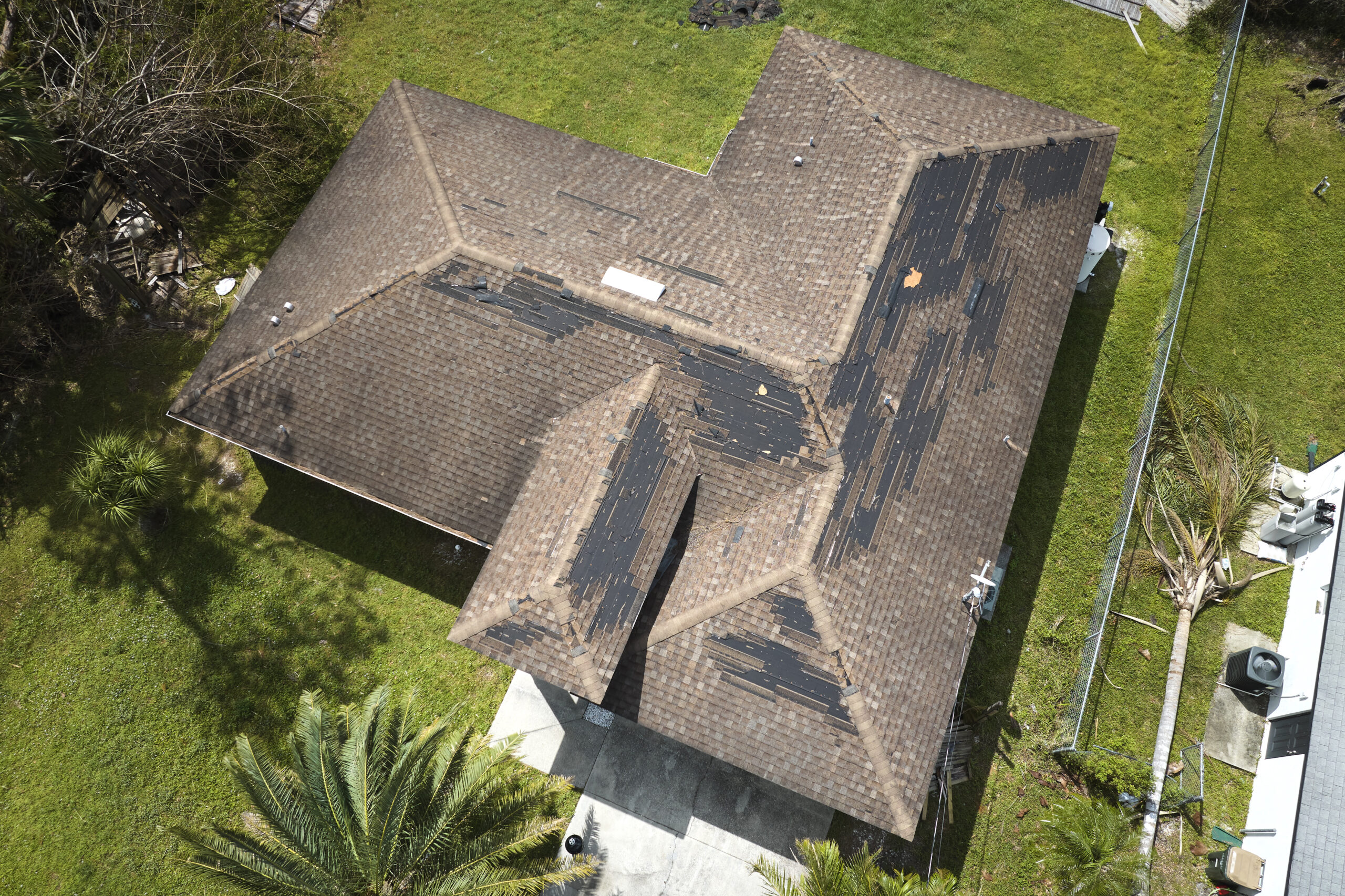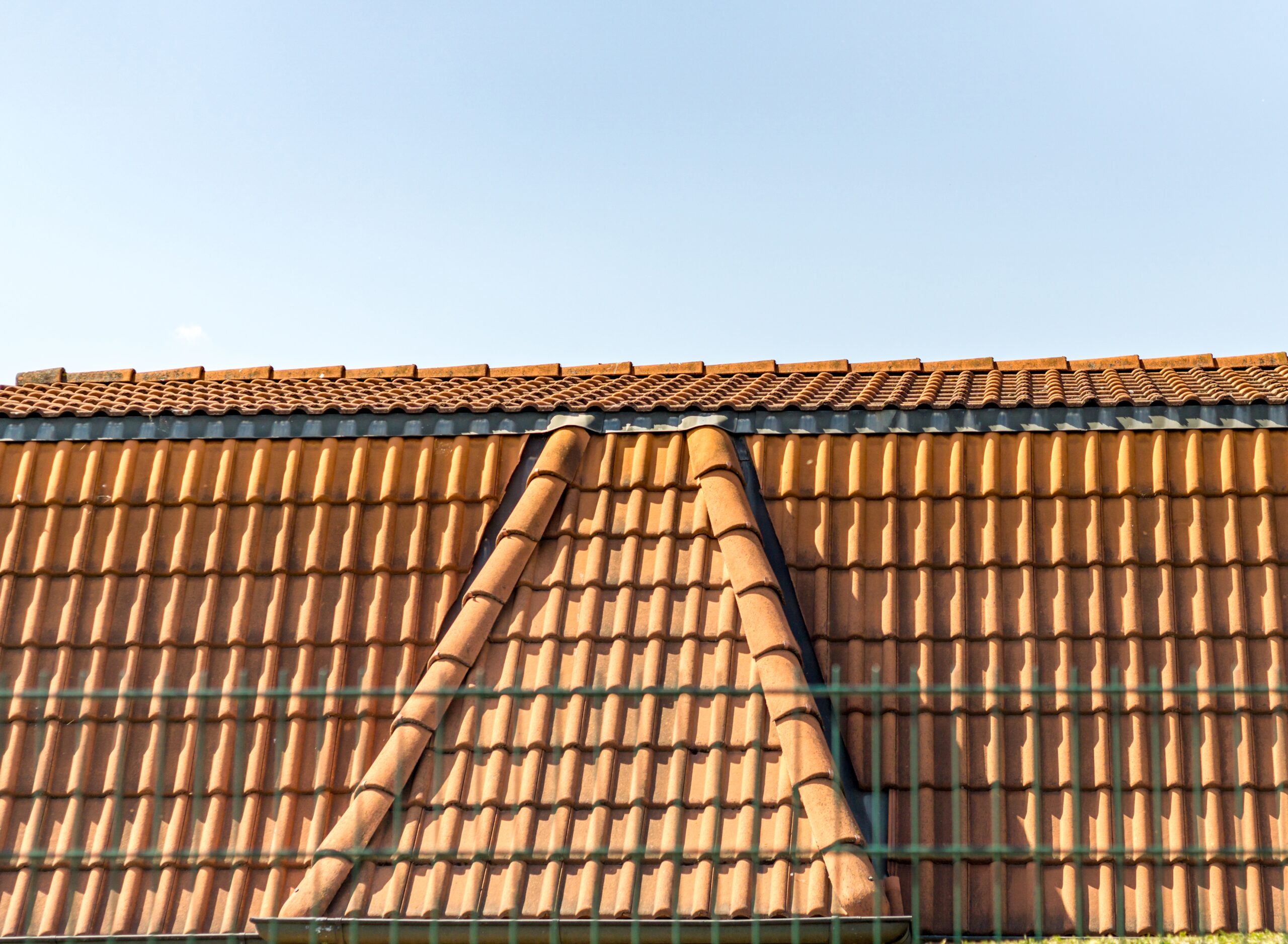Can extreme heat harm your roof?
We all know that Arizona is a hot place. We love it, or we hate it. Heat and humidity cause problems for our roofing, just as all extreme weather can. Arizona is a dry heat most of the year, but extreme temperatures, storms, and severe weather conditions can cause damage to both commercial and residential roofs. However, some preventative measures can be taken to help your roof in the extreme summer heat. Ensuring that your roof has proper ventilation is key to reducing the effects of heat and humidity on your roof. If you need clarification on your roof’s ventilation, speak with a roofing professional about the right ventilation for your roof style.
Heat has a way of making existing problems worse. Be sure to check your roof after storms or if there might be an issue as soon as you can avoid the heat worsening everything.

Common roofing questions
What are the first signs my roof has problems?
Things like missing shingles, water stains inside the home, or exposed roof components can all be your first signs of a problem with your roof.
What do I do if I have a roof leak?
Remember that a roof leak does not mean you need a whole new roof; it could be a matter of repair. The first step is to get someone to inspect and find out why your roof leaks. If there’s damage from a storm, it may be an insurance issue, and the next step would be to contact your homeowner’s insurance to see what they cover based on what you are inspector said.
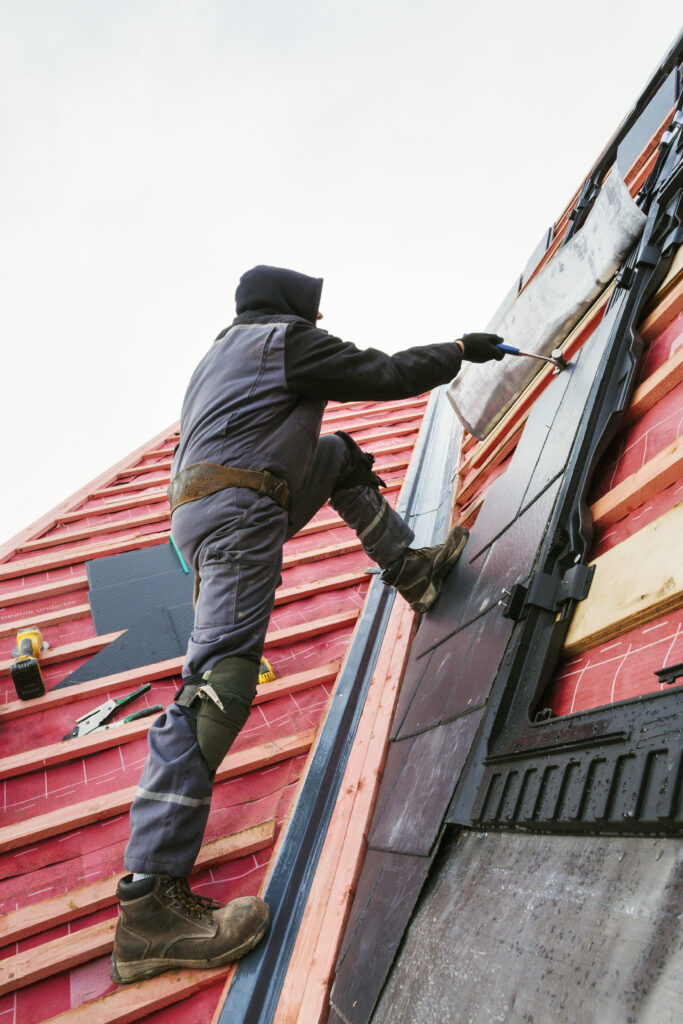
How long does it take to replace your roof?
In most cases, one day, but that depends on the weather and crew size.
What should you ask a roofing company before hiring them?
Please don’t be shy when asking questions to a possible roofing contractor. Be sure to ask about insurance, if their license checks reviews and Better Business Bureau ratings, ask for references, and find out what sort of warranties are included in your new roof or any work the contractor does.
When Is It Too Hot to Work on a Roof
Being here in Arizona, the question of heat comes up a lot regarding roofing. When is it too hot for workers to be on a roof in the summer?
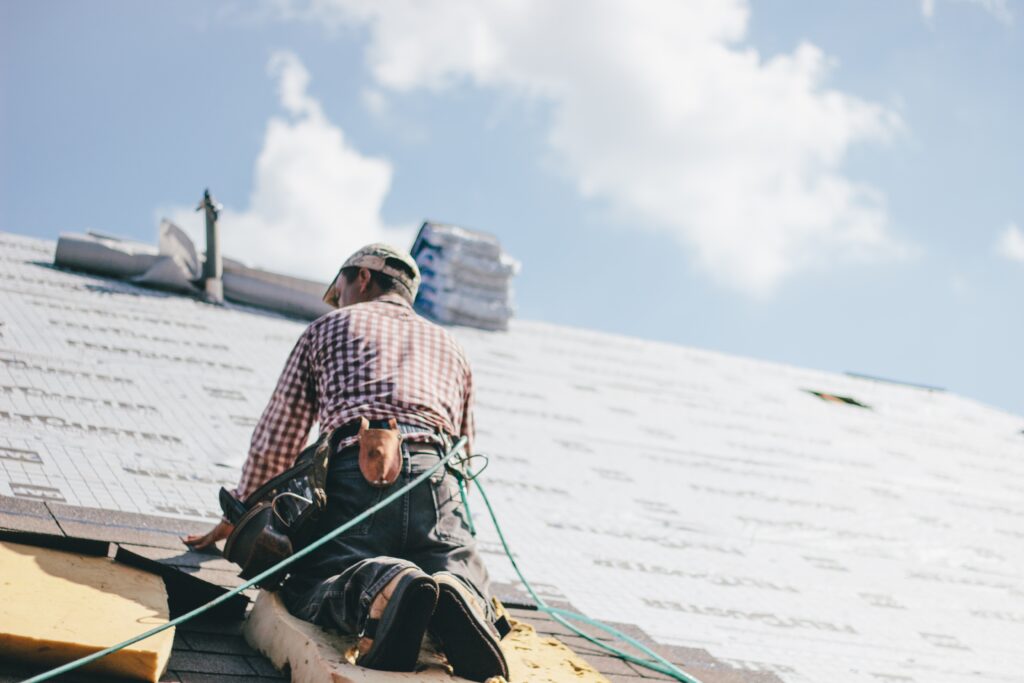
With temperatures upwards of 115 on summer days, the safety of roofers is very important. Roofers can’t just work on summer days, so it is important to take precautions. Hydration and lots of breaks if key. Other things that are important for roofers in the summer include sunscreen, hats, and surprisingly long sleeves to avoid as much exposure to the sun as possible.
There is no way to avoid roofing in the summer; just keep in mind that jobs could take a little longer due to the breaks and precautions that are taken for our roofers.
Disadvantages of a metal roof
Metal roofs have many benefits, but let’s discuss the disadvantages.
- Cost. Without sugarcoating it too much, metal roofs are affordable. They can be 2 to 3 times the price of a standard roof.
- Noise. Metal roofs can be noisy when the weather gets rough outside. Rain and hail will sound much more amplified on a metal roof.
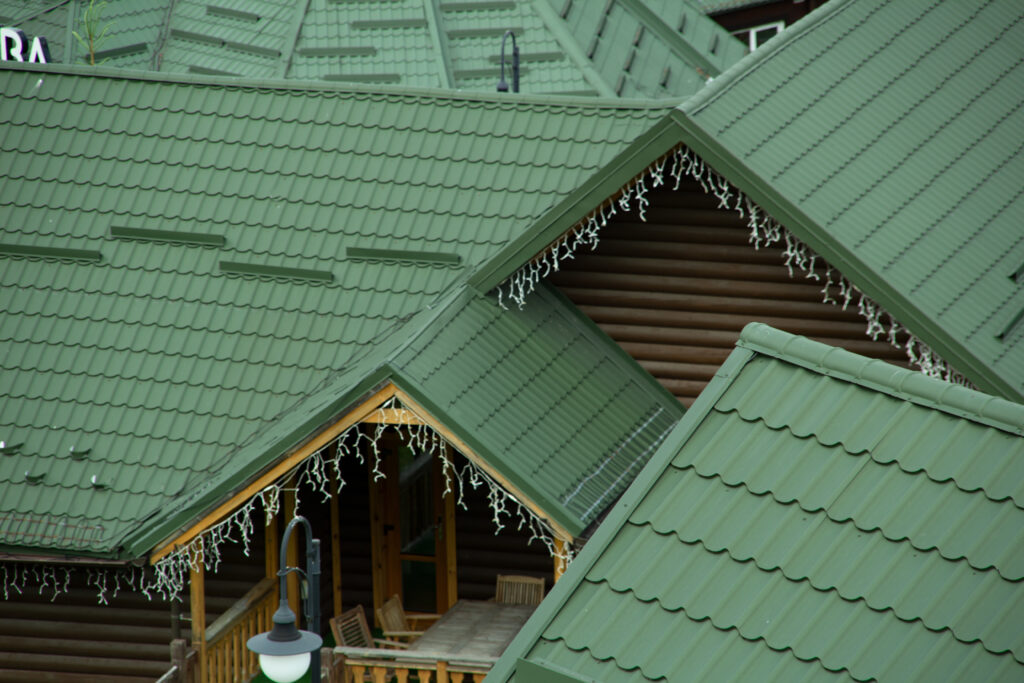
- Color matching. The sun fades and changes the color of things over time, and a metal roof would be no different. If a repair is required or you are expanding your home, finding an exact color match to the existing metal may be challenging.
- Choosing the right materials. If water accumulates anywhere on a metal roof because of poor-quality installation or repair, it can eventually cause damage. Some metals rust in certain climates or dent more easily than others during hailstorms or the installation process. If low-end metals or more affordable options are chosen, it may be thinner gauge and less durable.
Advantages of a metal roof
If you are thinking about a new roof, you may be researching the different types of roofs there are out there. Here are some advantages of metal roofs.
- Longevity. A metal roof can last 40-70 years, depending on the type of metal used, while most traditional roofing materials, like asphalt, can last only 12-20 years.
- Durability. If done correctly, metal roofs can withstand wind gusts up to 135 MPH, should not rust, and may be impact-resistant (depending on your chosen metal). In addition, metal roofs don’t require the costly maintenance that other roofing materials often require. They should, however, be inspected periodically to ensure no repairs are needed.
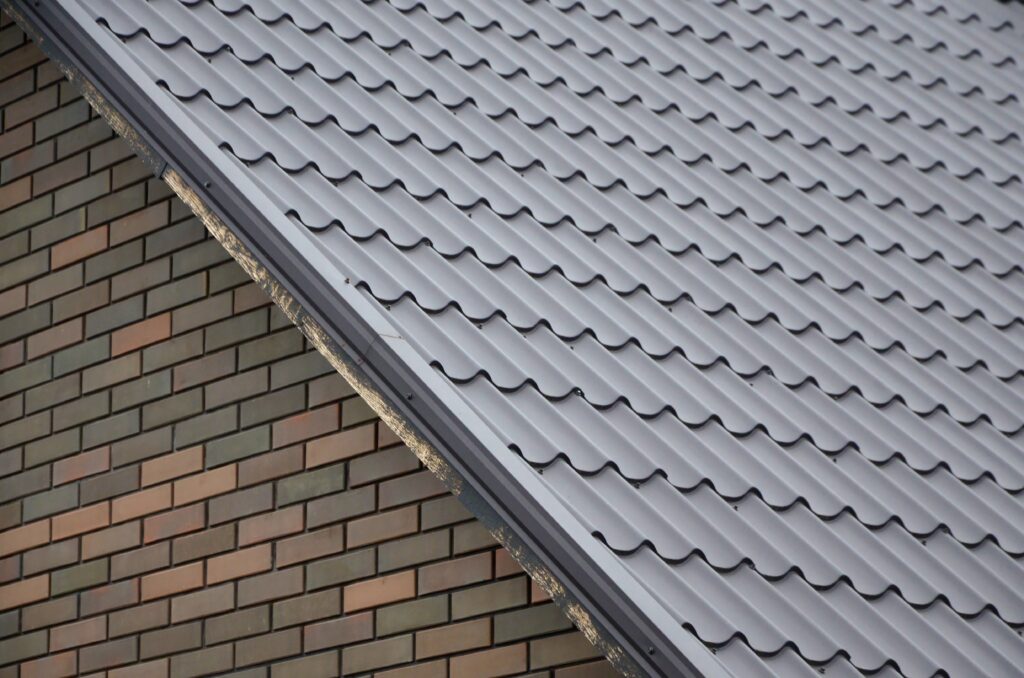
Safety. Metal roofs will not spark or catch fire during a wildfire or lightning strike.
Energy efficiency. Metal roofs reflect the sun’s rays that contribute to roof surface radiant heat, which can result in a 10-25% reduction in cooling costs.
Environmentally friendly. Metal roofs not only have 25-95% recycled content, depending on the material used but are also 100% recyclable at the end of their life as a roof. In contrast, most shingle tear-off waste is part of the building-related waste stream — up to 20 billion pounds per year.
How to clean your gutters.
Keeping clean gutters is an important part of roof health. Having gutters back up can cause pooling and leaks and can lead to damage.
When cleaning your gutters, safety is key. If you feel like you can not clean safely, hire a professional to help. Wearing gloves is also key to protecting your hands from anything sharp that may have ended up in your gutter.
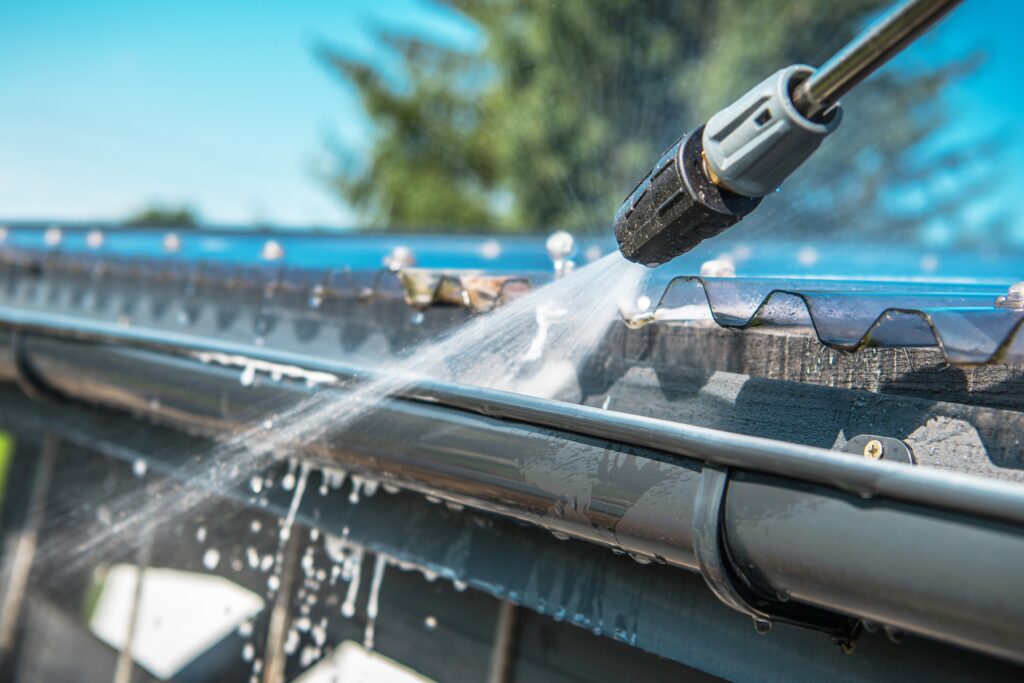
After the safety steps have been taken, remove and clean the downspout strainers. Depending on your roof, a ladder or access to the roof is needed to clear all the trim gutters around the house. Remove anything large that has become lodged and could cause a possible blockage. After removing large debris, you should be able to take a hose and spray water into the gutters to clear out small leaves and left sticks. This is also a good test to see if you have successfully cleared out your gutters completely. The water should run freely and out without any obstructions.
How long does a roof patch last?
A roof patch is a quick, affordable, easy fix, but most times, it’s meant to be temporary. Patches are mostly intended to buy you time rather than be a permanent fix. Roofers always stress that a roof patch should only last about six months.
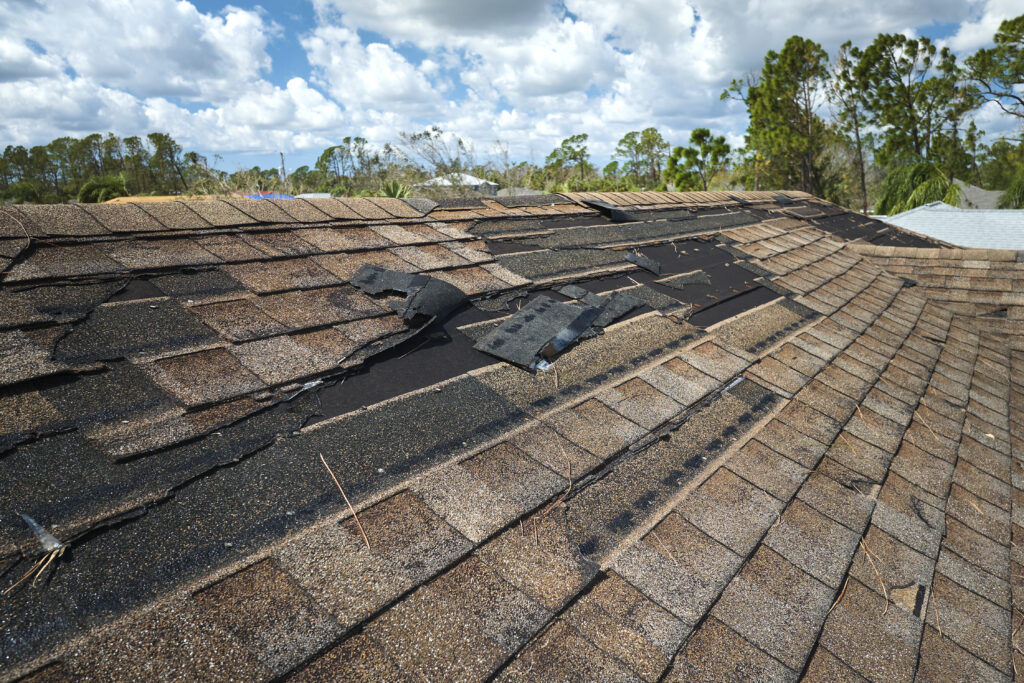
There are certain times when roof patches make sense and other times when they don’t. If you live in an area that gets heavy rain, a roof patch might not last you six months or cause further damage when left unattended because rain can damage a patch. A patch is not the answer for a long-term solution if you have a roof that has already reached its life span expectancy. In this case, get with a roofing contractor and see if your roof is even worth repairs or if it’s time to invest in a whole roof replacement. If you need help deciding between a patch and a replacement, give us a call. 602.743.3175
Roof inspections for new homeowners
Do you need a roof inspection?
Sometimes, yes. You should always get a full home inspection when purchasing a new home. There was a time when it was common to waive inspections, but regardless of how badly you want a home, you should always get an inspection, so you know the condition of your home. This goes for the whole home, but also the roof. Think of home inspectors like general practitioners; they sort of have to know a little bit about everything. Think of a roof inspector as a specialist. If your home inspector returns with anything about your roof on their report, you need to call a roof inspector to take a closer look. You will want someone with the expertise to get to the root of any issues.

What gets inspected?
When your roof is inspected, the inspector is looking for any damage to your roof. Damage can be caused by leaks, mold, moss, etc. inspectors also look over the integrity of your roof, like the full condition of roofing materials and the Condition of flashings and roof penetrations. Your inspector should inspect not just the roof but things that are involved with your roof, like any skylights, pipework that should be sealed, and even your gutters.
Roof questions to ask when you are buying a home.
If you are shopping for a new home this year, here are some things you should find out about the roof of your dream home before you drop that offer.
HOW OLD IS THE ROOF?
You must ask this question even when looking at a home you are considering buying. The homeowners/sellers of a new home like to tell you when there is a new roof on the house, but they frequently won’t mention anything about the roof unless it is new. Anytime a large project like a new roof is done to the home, there are receipts; it’s important to get proof the roof has been fully replaced or repaired. Make sure that their paperwork matches up with what they are saying.
WHAT QUALITY/TYPE IS THE ROOF?
Be sure to ask what the quality of your roof is. Make sure good quality roofing materials were used when it was last redone. Also, it’s important to note that not all roofs are created equal for the places that they are. For example, here in Arizona, tile roofs are popular because they last a really long time, but asphalt shingle roofs are used too. Understanding the difference in the longevity of these two types of roofs in Arizona is important. It may not be something you need to deal with immediately, but just understand that you will probably need work done on a shingle roof way sooner than a tile roof.
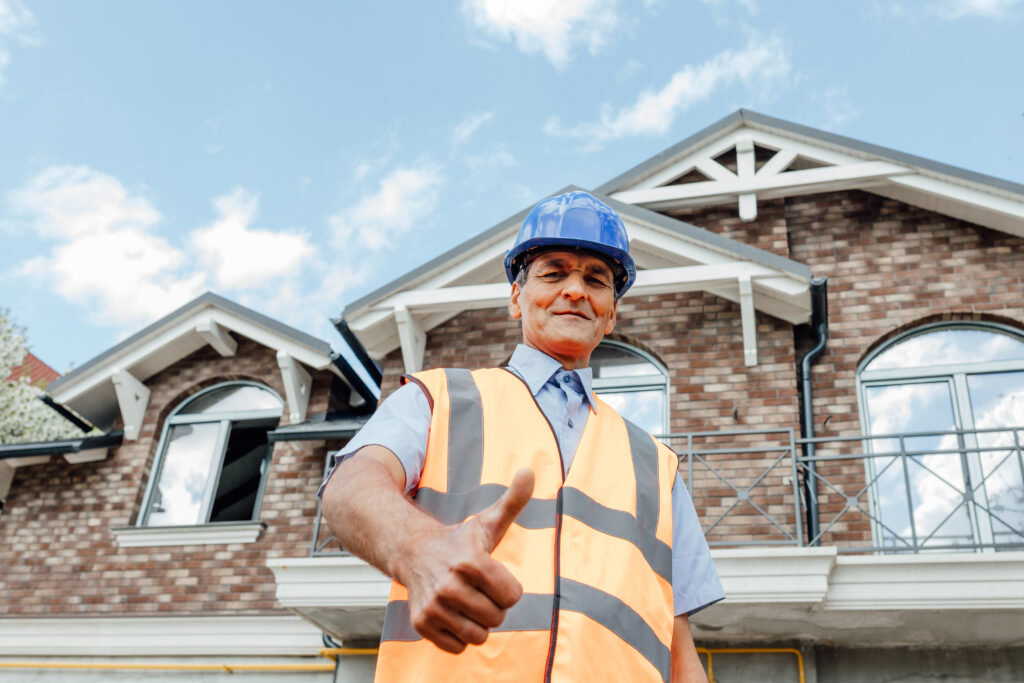
HOW WORN IS THE ROOF?
Most of the time, a home inspection is done on your home before you buy it unless you opt-out… P.S. Never opt out of a home inspection. Also, did you know that you can choose your home inspector? Most of the time, the homeowners hire the inspector, or one of the realtors will set it up, but you can always get a second opinion. Not all home inspectors are created equal, and not all spend enough time inspecting the roof. The roof is a very important part of your home and not something that should be looked over quickly. If you happen to see ware and tear on the edges of the roof, or perhaps some minor things are mentioned in an inspector’s report, it is ok to ask for a roof-only inspection. Knowing how worn the roof is is key to deciding to buy a home. A roof can be a very large expense, and even if it warns, knowing this information can help you avoid costly surprises down the road.
How heat can damage your roof.
Arizonians are no strangers to harsh summer heat. Unfortunately, our roofs can’t get out of the sun, so they take a beating most of the year here. Being aware of this helps catch signs of roof degradation.
What is roof degradation?
Roof degradation can be caused by extended exposure to direct sunlight. This can compromise your roofing material and may result in shingles buckling, eroding, and peeling back. This then exposes the wood beneath the shingles, leaving it vulnerable to rain. What roofs are susceptible to roof degradation? Older roofs. If your roof has been up for over 15 years and you notice balding. When it is time to replace your roof? Try to return before the heat of the summer months set in.
SIGNS OF HEAT-DAMAGED ROOFING
There are a few tell-tale signs your roof has suffered from heat damage.
Some signs are curling shingles, deteriorating or balding shingles, Peeling, Buckling, and Eroding. Once you notice these signs of damage, it’s best to call in the pros to look into possible repairs or replacement options.
Heat-related threats to roofing
Heat-related threats to the roof are extremely common and can be one of the leading causes of roof damage. Between the increase in humidity that comes with the late summer months and constant exposure to sunlight, the roof can experience a decrease in its lifespan during this timeframe.

UV RAYS
The sun is closer to the earth in the summer, so this leaves your shingles exposed to more UV rays than any other time of the year. Direct exposure to sunlight can age your shingles, causing them to peel or erode. Tile roofs are better for Arizona because they bounce heat and absorb less UV light.
THERMAL SHOCK
Other heat-related damage can be when thermal shock occurs. This is when the roofing system expands and contracts due to constant heating and cooling. The more this happens, the more strain is put onto your roof, decreasing its lifespan. You can expect cracks and splits from thermal shock if you have an older roof.



